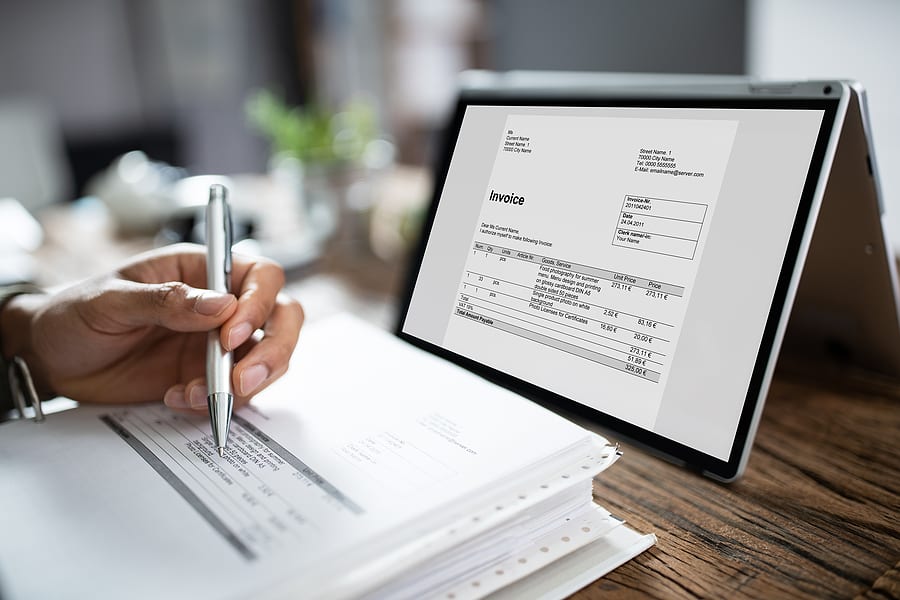Part Two in a Series on How to Make Accounting Easier with QuickBooks Online
Having an organized chart of accounts provides an accurate snapshot of how your company is spending and receiving money. The chart of accounts is ever-evolving as company processes change and should be reviewed on an annual basis. When reviewing, it’s important to find the balance between having enough accounts that your financials are meaningful, and not too many that you have every vendor setup with their own account.
Categorizing Specific Accounts into Classes in QBO
If you have pages and pages of overly specific accounts, you might want to utilize the class function in QuickBooks Online (QBO). Think of classes like departments. Classes are a way to organize data in QBO without having to create multiple accounts. For example, you might want to track your travel expenses by department, such as General & Administrative, Marketing or Research & Development. Instead of having multiple travel expense accounts, you can create one expense account and assign each transaction to a specific department utilizing classes in QBO.
Examples of how to use classes:
- Not-for-profits – Program Services, General & Administrative, Fundraising
- Departments – Marketing, Research & Development, General & Administrative
- Business Segments
If your accounts are overly general, they become a catch-all for everything and you can’t make decisions because you don’t know where you are even spending your money. “Office Expense” is probably the most over-utilized account and winds up as a dumping ground for transactions. If your chart of accounts includes “Miscellaneous Expense”, you need a change.
Adding Detail by Creating Sub-accounts
If you find your current accounts do not provide you with enough detail, you may consider utilizing sub-accounts. Sub-accounts can be collapsed or expanded on financial reports in QBO depending on the level of detail you want to make available. For example, you may want a main header account called “Travel” and then have sub-accounts such as Meals, Lodging, Airfare, etc.
Examples of how to use sub-accounts:
Header Account examples
- Personnel Expenses
- Building and Occupancy
- General and Administrative
Sub-account examples
- Personnel Expenses (Header)
– Wages
– Payroll Taxes
– Health Insurance
– Retirement Plan
– Payroll Fees
Organizing Financial Statements by Account Numbers
In addition to classes and sub-accounts, utilizing account numbers is a great way to organize your accounts on financial statements. Below is a sample account structure that can be used as best practice:
- 10000-19999 Assets
- 20000-29999 Liabilities
- 30000-39999 Equity
- 40000-49999 Income
- 50000-59999 Cost of Goods Sold
- 60000-69999 Expenses
- 70000-79999 Other Income
- 80000-89999 Other Expenses
- 90000-99999 Income Taxes
Feeling overwhelmed or don’t know where to start? Don’t worry, QBO has a sample chart of accounts for most industries that you can use as a starting point. To see how Anders can help relieve you of the day-to-day accounting while providing a real-time snapshot of your financials, contact an Anders advisor or learn more about Anders Outsourced Accounting Services.
Looking for more QBO tips? Learn how to categorize your sales receipts and invoices in QBO.
All Insights



